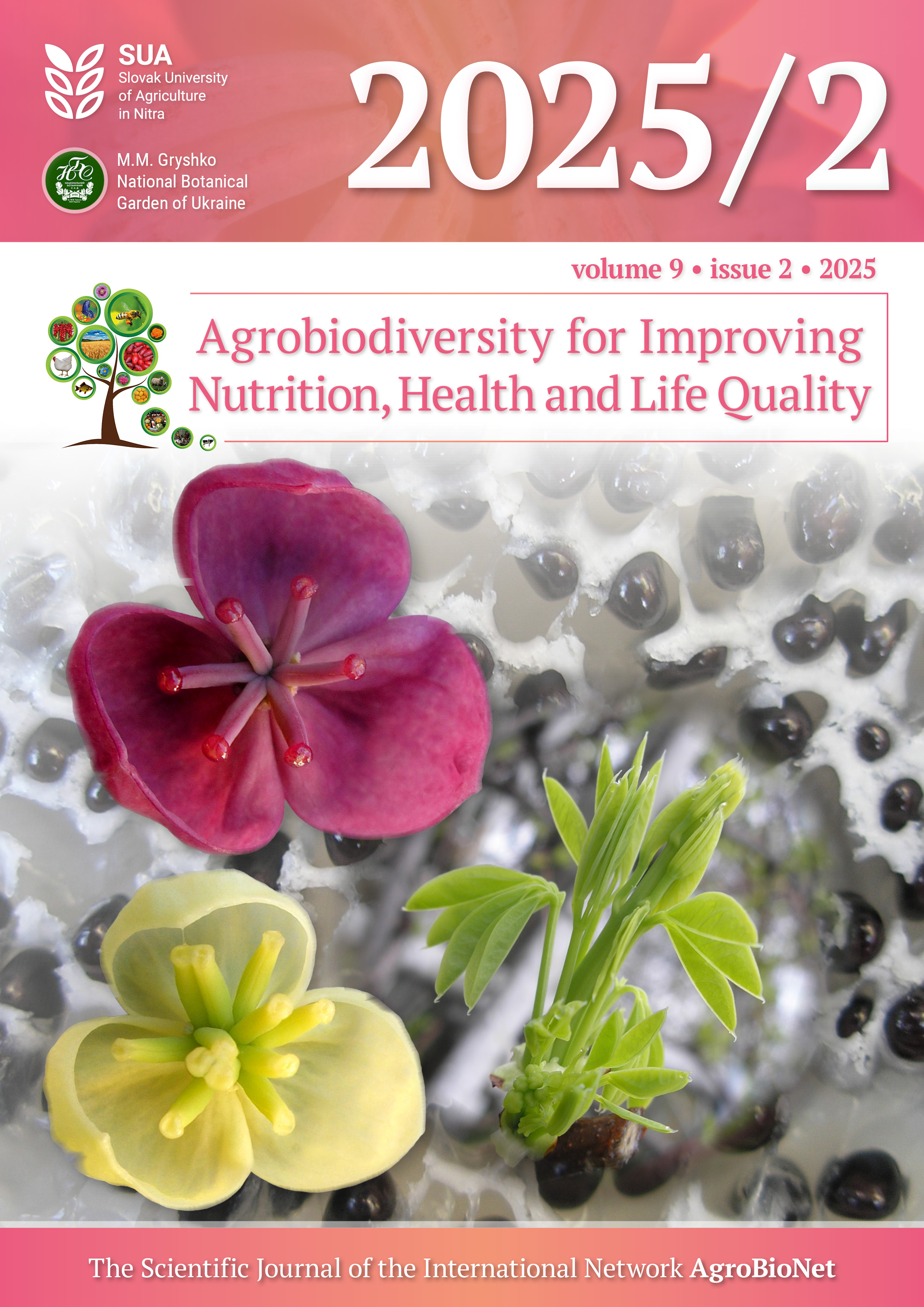Abstract
Sustainable optimization of Underutilized Tropical Fruit Tree Species (UTFS) requires shifting focus beyond direct consumption to encompass their multi-dimensional value across ecological importance, community well-being support, cultural significance, and commercial value. Indigenomics is an integrated value system that applies indigenous economic principles to analyze the relationship between human communities and ethnobotanical resources. We conducted a systematic review, structured around the scope of the indigenomics framework to assess the research landscape of UTFS in Africa between 2014 and 2024. A total of 75 indigenous fruit species with high indigenomics potential were identified based on their multi-dimensional value across core indigenomics indicators. Tripartite analysis was performed using Ghephi 0.10 software to reveal the intricate network linking UTFS, indigenous communities, and their usage, highlighting their untapped economic opportunities. The result confirmed an indigenomics potential for the UTFS, evidenced by an average of 2.89 uses per species. Centrality metrics identified food/nutrition (66 of 75 species), medicine/health (63 species), and industrial/commercial products (42 species) as the three core indigenomics indicators of the species. Foundational species, such as Sclerocarya birrea (A.Rich.) Hochst., Adansonia digitata L., and Vitellaria paradoxa C.F.Gaertn. serve as critical resources linking diverse ethnic groups, particularly in high-connectivity areas of South Africa and Nigeria. However, research is geographically imbalanced, with documentation highly concentrated in South Africa (45 species) and West Africa, particularly Nigeria (23 species), leaving many other regions critically underexplored. The findings highlight the need for coordinated policies in agriculture, agrobiodiversity conservation, and commerce at local and international levels to optimize these species. The operational feasibility of Indigenomics framework requires validation through future research efforts that integrate biocultural epistemology.

This work is licensed under a Creative Commons Attribution-NonCommercial 4.0 International License.
Copyright (c) 2025

